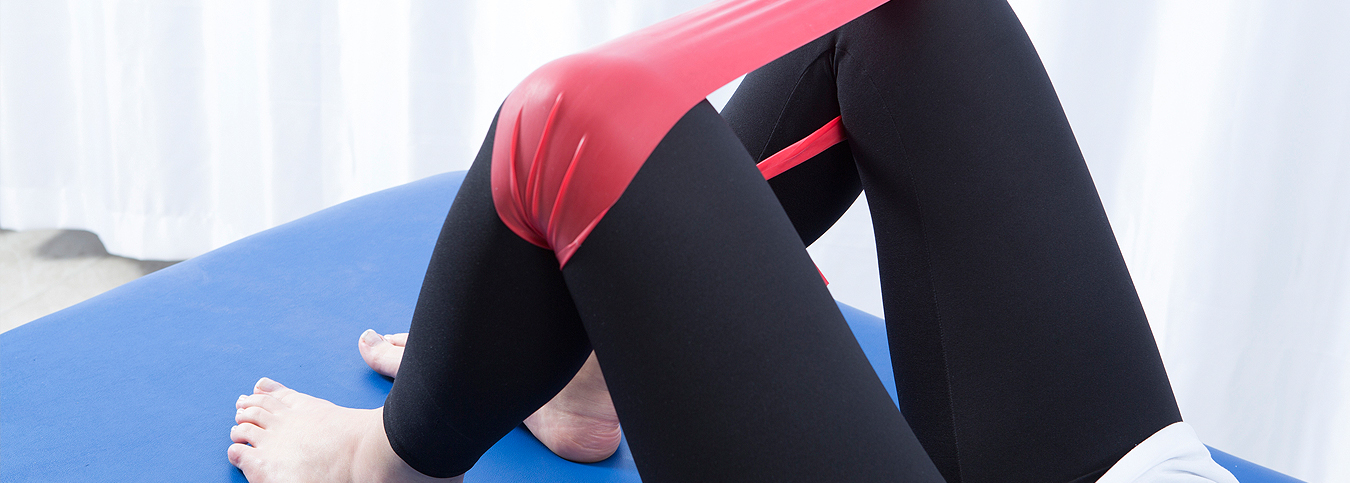Many people suffer from lower back pain at some point during their lives; whether it’s due to injury, incorrect lifting technique or poor posture.
Both pilates and acupuncture have been shown to deliver significant benefits in the treatment and prevention of ongoing lower back pain.
The APPI (Australian Physiotherapy and Pilates Institute) pilates method was designed by physiotherapists specifically for use in rehabilitation. The principles are based on spinal stabilisation and lumbo-pelvic stability. Pilates is about increasing your body awareness so you can identify when you’re holding your spine in a position that might put extra load and stress through the joints, ligaments and surrounding muscles. It then focuses on re-educating and training deep spinal and pelvic stability muscles to increase their strength to support your spine in an optimal position. Important principles of pilates include postural centering, control and isolation of movement, breathing, ribcage, shoulder blade and head and neck placement. The end goal is to transfer this progressive strength and muscle memory change to improve overall function and reduce pain.
Current research shows that the body awareness, movement control, postural education and breathing, which is taught in pilates, has a significant effect on decreasing pain levels in patients with lower back pain, as well as an increase in physical function and peoples’ psychological perception of their health. Our clinical experience in teaching pilates definitely supports this view. As patients’ become stronger through spinal and pelvic stabiliser activation, pain levels definitely decrease and their ability to return to normal function and achieve their sporting goals increases.
In conjunction with pilates training, acupuncture and dry needling techniques are very effective at reducing pain in lower back injuries, osteoarthritic shoulders and knees, tennis elbow and achilles injuries. Western acupuncture is used by physiotherapists to deliver pain relief via the stimulation of the nervous system to produce endorphins – the body’s own pain relieving neuro-chemicals, melatonin to promote sleep and serotonin to promote well-being.
Dry needling techniques, which focus on releasing tender knots (trigger points) within muscles, use a short in and out technique with the needle. Dry needling can be extremely useful in decreasing muscle tightness and increasing muscle length through the neck and upper back regions, the hip and lateral thigh and calf regions, which all contribute toward reducing discomfort in the lower back region.
If you are suffering from pain or discomfort in your lower back; make an appointment to see us today.




